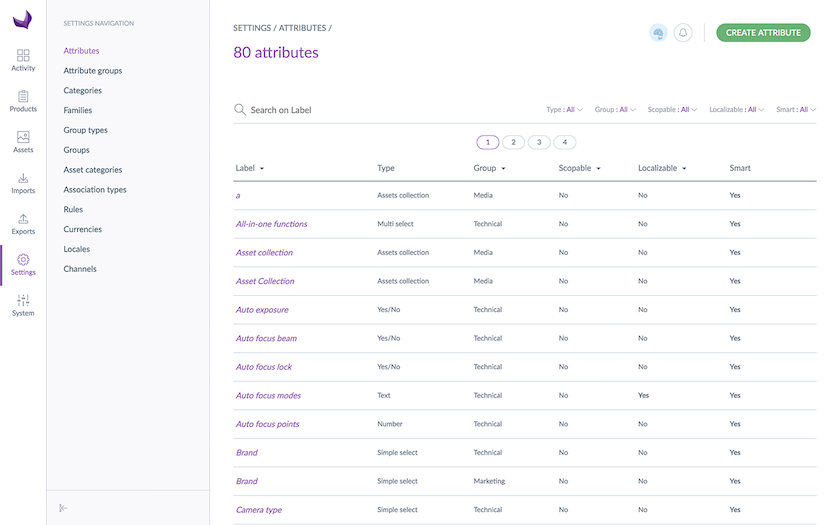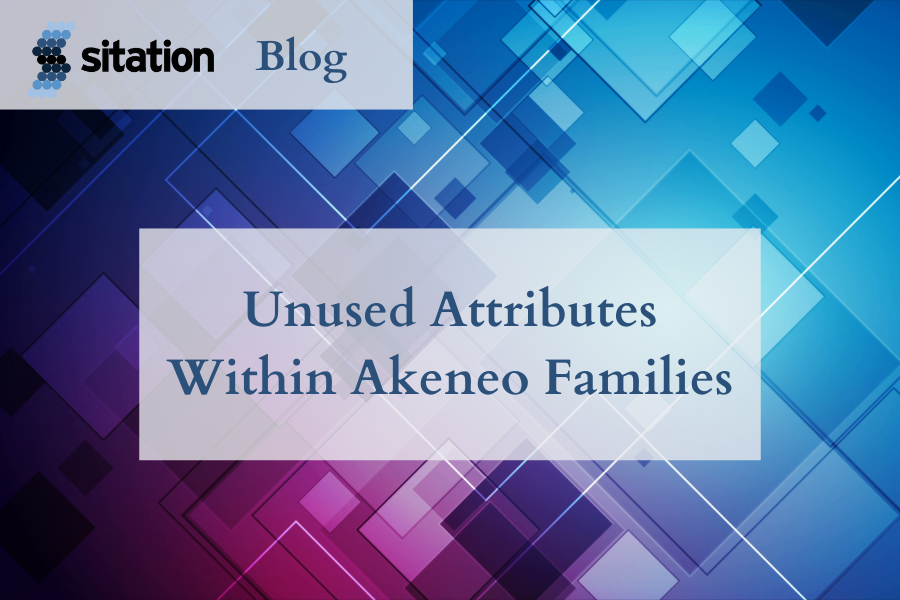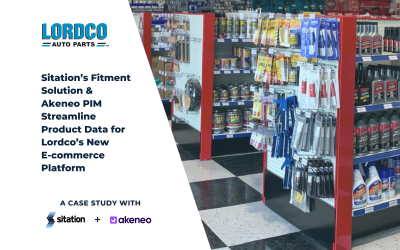When unneeded or unused attributes are assigned to families, it may seem harmless, but it’s not. Unused attributes clutter up the graphical user interface (GUI) with attributes that must then be navigated past, over, and over again, to get to the attribute, for which an enricher is looking to enrich.
Second, the mere presence of the extra unused attributes creates some level of expectation that the attributes should have values. This easily assumed misinformation, can lead to ambiguity on just what level of effort is required to enrich products to their fullest.

So how do you find these unused attributes?
Family Histograms of Attribute Use
With Family Histograms listing the use of attributes within the family, you can identify both unused and under-used attributes.
A histogram in this context, is simply a count of the number of times a given attribute is used by products in your catalog for each family. Typically, I produce a data set consisting of:
- Family Label
- Family Code
- Attribute Label
- Attribute Code
- Percent
Percent here, is the total count of assigned values for a given attribute in a family divided by the total count of products assigned to a given the family.
For example, if the Lighting family’s attribute Battery Type is assigned a value of AAA for 1,500 products out of 3,000 products, the Battery Type attribute is used 50% of the time.
If the Lighting family’s attribute Light Color is never assigned a value for all 3,000 products, the Light Color attribute is used 0% of the time, or as I would state it: un-used.
I include family and attribute codes in the data set, so I can later use automation, in the form of a program that utilizes Akeneo PIM’s REST API, to delete any un-used attributes from families.
While identifying unused attributes is straight forward, that is, 0% in use, what is an under-used attribute?
Under-used Attributes
Determining under-use is where the experience of the enricher comes into play.
Is an attribute under-used at 1%, 2%, 5%, 10% or more?
If an attribute is under-used, does that mean we have a problem with the definition of the family in question?
Or should we stop collecting the data altogether?
Splitting a Family
I high level of under-use, say 5% to 10%, for a medium to high number of products may mean a given family needs to be split into one or more families so the product attribution can more accurately reflect the products assign to a family.
Stop Collecting
On the other hand, a low level of under-use, say 1% to 2%, for a medium to high number of products may mean the data is not available because it has little marketing value, or may have too low of a rate of return for collecting the data when compared to its marketing value.
In this case, since everything we do costs money, we should stop collecting the data and enriching our products sparsely with it.
A Word of Caution
When producing a Family Histogram and using it to remove unused attributes, it’s important to make sure your organization is not in the midst of adding new attributes to the PIM and then adding those attributes to families, with future expectations of enriching them with data. So, make sure you perform any attribution cleanup activities with the full knowledge of your organization.
Conclusion
Removing unused attributes from families will make the use of Akeneo PIM more efficient for enrichers, and those responsible for data collection.
Need help producing a Family Histogram? Sitation can help. Contact us to start a conversation with you about your needs.
About The Author
Don Bales
Solution Architect, Sitation
An Information/Systems Architect, Business/Systems Analyst, Software Designer/Developer, and Author, Don Bales is fluent in both business and technology speak, performing the analysis, design, and programming of business solutions. With over thirty five years of experience solving business problems using technology and ample experience in Akeneo PIM installation, implementation, and integration, Bales shares his acquired knowledge through thought leadership publications and consulting. Additionally, Bales is the author of several books on Oracle and Java.




